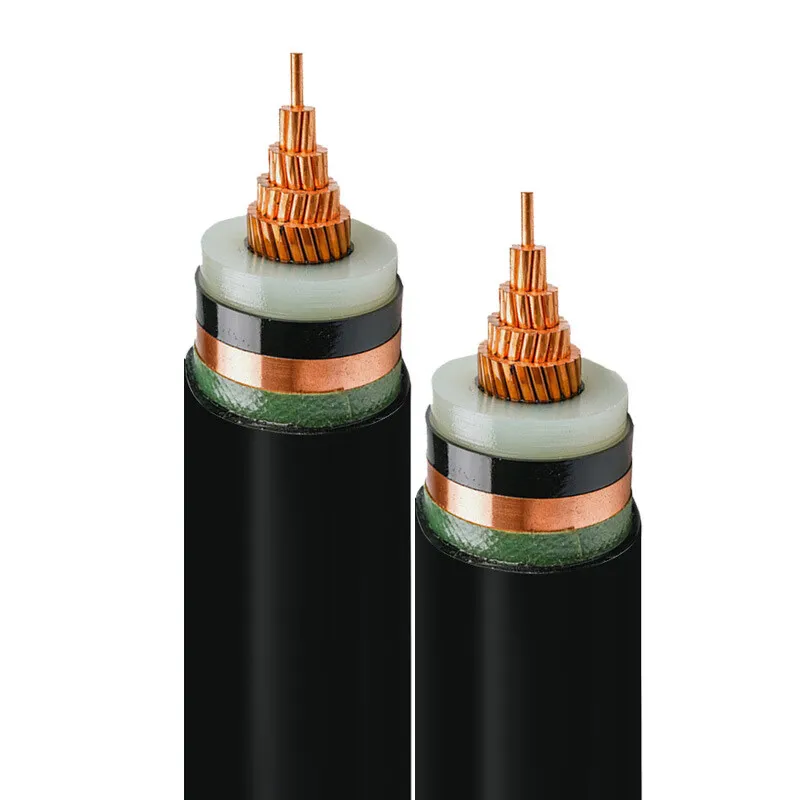Time: 2025-05-07 14:38:15 Source: Henan Province Jianyun Cable Co., Ltd.
Selecting the appropriate electrical wire is crucial for safety, efficiency, and compliance with electrical codes. This guide explores ten common types of electrical wires, their applications, and key considerations to help you make informed decisions for your electrical projects.

Also known as Romex, NM cable is widely used for indoor residential wiring. It consists of two or more insulated conductors and a bare ground wire, all encased in a plastic sheath. Suitable for dry, protected areas.
Similar to NM cable but designed for underground and wet locations. Its solid plastic sheath provides enhanced moisture resistance, making it ideal for outdoor lighting and underground installations.
THHN (Thermoplastic High Heat-resistant Nylon-coated) and THWN (Thermoplastic Heat and Water-resistant Nylon-coated) wires are single conductors with thermoplastic insulation and a nylon coating. They are suitable for dry and wet locations and are commonly used in conduit systems.
Designed for applications requiring 50 volts or less, such as landscape lighting, doorbells, and thermostats. These wires are typically insulated and come in various gauges.
Used for transmitting television, internet, and other data signals. Coaxial cables have a central conductor, insulating layer, metallic shield, and outer insulating layer.
Also known as Category 5e or 6 cables, Ethernet cables are used for networking and internet connections. They consist of multiple twisted pairs of wires to reduce interference.
These cables have a protective metal sheath, offering increased durability and protection against physical damage. Often used in commercial settings or areas where additional protection is needed.
Comprising multiple conductors running parallel to each other on the same flat plane, ribbon cables are used for internal connections in computers and other electronic devices.
Designed to carry audio signals from amplifiers to speakers. These wires are typically two-conductor cables with clear or marked insulation to identify polarity.
Used for telephone and data transmission, these wires are typically twisted pair cables that reduce electromagnetic interference.
Understanding the different types of electrical wires and their applications is essential for any electrical project. By considering the specific requirements of your project and adhering to safety standards, you can select the appropriate wire type to ensure a safe and efficient electrical system.